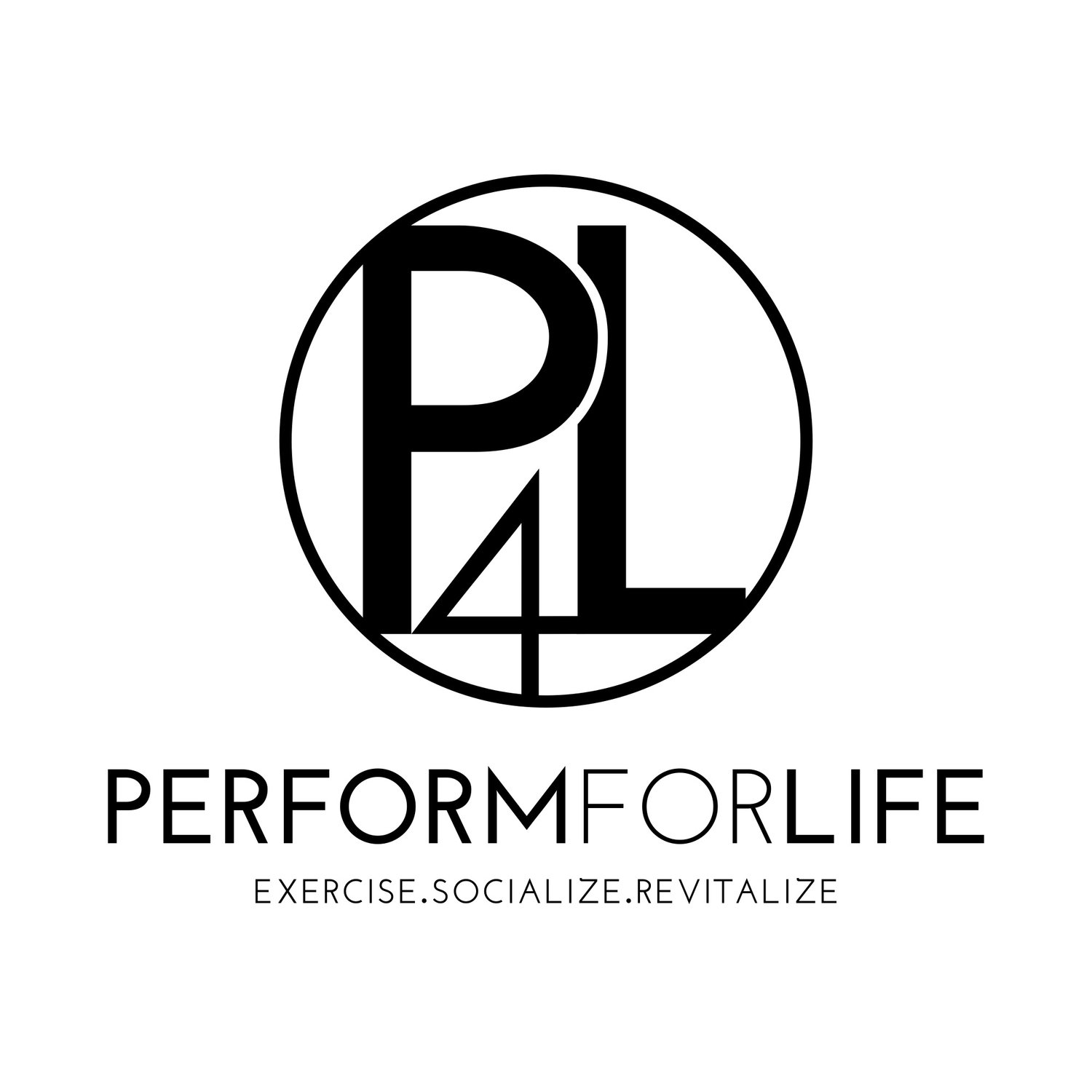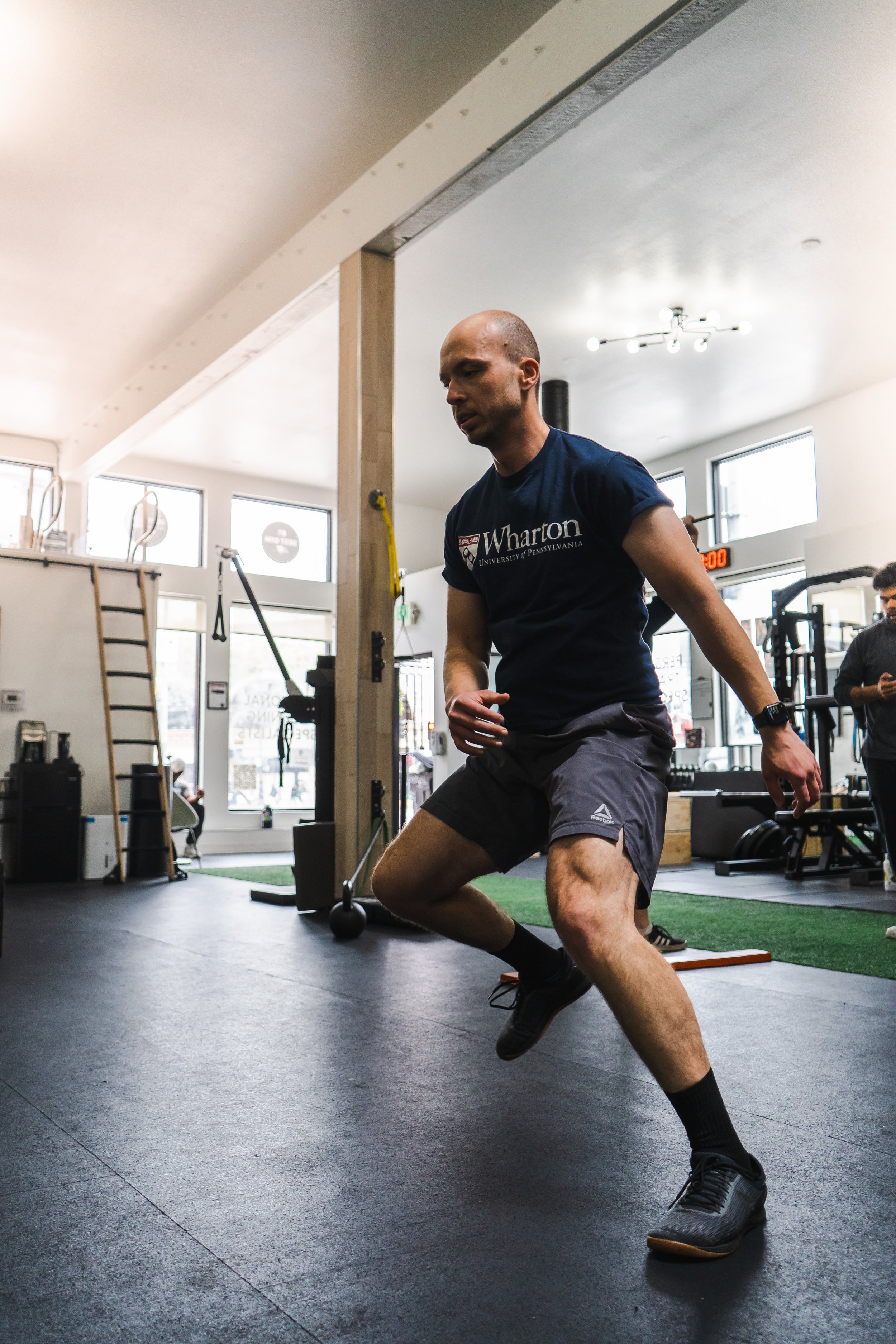You Are Not Broken
All of us suffer from injuries and issues from time to time. As well, structurally we are all different, and for a variety of reasons, some of us are more flexible at certain joints and stronger performing certain movements.
Comparing yourself to another person, a younger version of yourself, or some ideal standard is not the best idea.
For a fitness professional, there is value in establishing baseline levels of performance and fitness, as well as creating a common language with which to speak to other professionals. However, you have to be careful not to interpret these descriptions and assessments of you as determining what’s wrong with you. Rather, these tools are used to see where you start so appropriate progression can be used to get you to the next level, wherever you happen to begin your fitness journey.
Forgive us fitness professionals. We like to optimize the results and performance of our clients, but sometimes we focus a little too much on “what’s wrong” with someone rather than what’s right with them.
Honestly, most of the time I think these issues are a bit exaggerated in importance anyway. Our hearts are in the right place, but sometimes the language we use - and thus the way we frame things - can paint an unfortunate picture for our clients. We like to use the word corrective exercise to describe tools used to address these “weaknesses.” I don't like this term for a multitude of reasons. First of all, the term corrective exercise has no clear definition. For some folks who have been out of the exercise game for a long time, or were never really a part of it, starting with exercises that involve only limited loading to begin regaining this lost fitness is appropriate. This doesn’t mean that a bodyweight squat is any more “corrective” than a loaded front squat, but it is fair to say that some people aren’t ready to try a loaded front squat just yet. Don’t worry, you’ll get to the tougher exercises soon enough. All exercises are just exercises, some just impose a greater challenge on the body than others. There’s no clear delineation between exercises that fall under the corrective category or the traditional category. To be clear, I don’t have an issue with the exercises that typically fall under the corrective category, I just think the language we use is a legitimate contributor to the problems we see in our clients. Not only this, but I also think we sometimes focus a little too hard on perfection (sorry, it doesn’t exist in human movement) before we challenge ourselves further.
Another gripe I have with the use of the term corrective exercise is the main connotation that is attached to this word: you’re broken and need fixing. Pain is a fickle beast. There is an increasing amount of evidence that the traditional postural structural biomechanical model of pain (pain is caused by poor posture, alignment, range of motion, etc.) is missing some pieces of the puzzle. The biopsychosocial model tries to shore up some of these weaknesses of the other model. It brings biochemical environment as well as psychological status into the picture. With this in mind, we have to be careful not to create a nocebo effect with all our talk of dysfunction and correction. A nocebo effect is like a placebo effect, except negative. As professionals, we should be better about using appropriate language to avoid this insinuation. As clients and fitness enthusiasts, do your best to focus on your strengths, your plan to improve, your goals, and anything else that paints a positive picture about your health and where you’re headed.
Remember folks, we’re not indestructible, perfectly symmetrical, and built for timeless function, and that’s okay. Just because you have an asymmetry, are a bit hunched forward, or your lower back goes out once every few months, doesn’t mean you’re broken. You’re made to move, and if you train your body to move, it will adapt to those demands. Don’t be afraid to move, be inspired to move. Fearing movement because of ‘dysfunction’ is a great way to create a positive feedback loop of inactivity where you avoid movement until you’re “fixed,” so you never really do enough to get past your issues. Get stronger, increase stamina, and learn to smile while you’re active. I assure you that you’re capable of more than you think you are right now. Explore new movements, try your hardest, and don’t be afraid to fail. We need to do these things to learn and improve. Happy exercising, and remember to have faith in yourself as a human who was made to move!
Photo by Will van Wingerden











